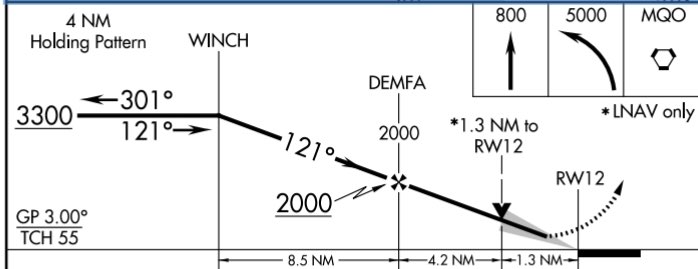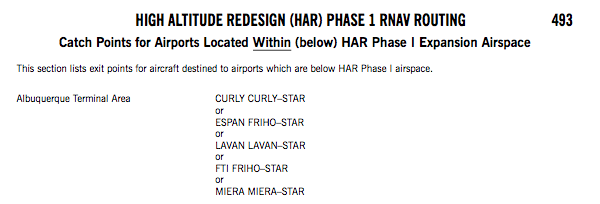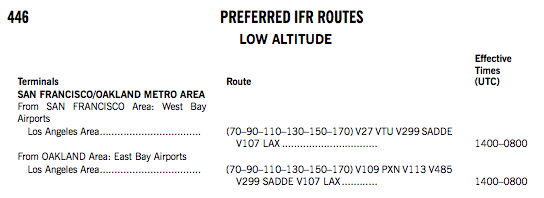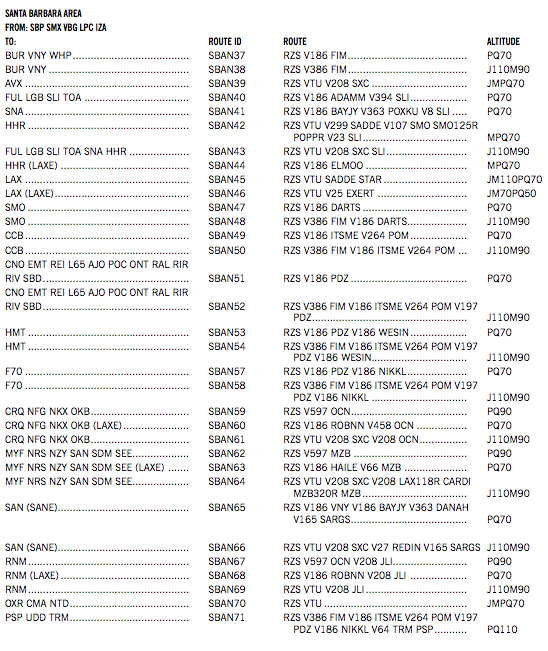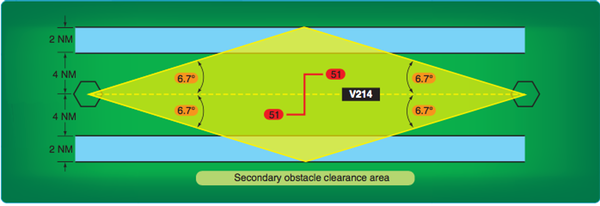Exam: Part 107 small Unmanned Aircraft Systems (sUAS)
October 26th, 2017Welcome to the exam for Part 107 small Unmanned Aircraft Systems (sUAS).
You must complete the entire exam in one session. If the exam is not completed and graded in 90 minutes or less, you will need to retake the entire exam when you log into the course again.
You may review course material as you take the test. Many questions have references links available. (A separate window will open. Close that window when ready to continue with this exam.)
When complete, press the “Grade Exam” button at the bottom.
If you get wrong answers you will be brought back to the exam with the incorrect answers marked.
You must get 100% to pass the exam.
1. Which of the following individuals may process an application for a part 107 remote pilot certificate with a small UAS rating? [Sources: 14 CFR parts 107.63 and 61.56]
A) Commercial Balloon pilot
B) Remote Pilot in Command
C) Designated Pilot Examiner
—C
CFR §107.63 Issuance of a remote pilot certificate with a small UAS rating.
(1) The application must be submitted to a Flight Standards District Office, a designated pilot examiner, an airman certification representative for a pilot school, a certificated flight instructor, or other person authorized by the Administrator;
2. After receiving a part 107 remote pilot certificate with a small UAS rating, how often must you satisfy recurrent training requirements? [Sources: 14 CFR part 107.63 and 107.65; AC 107-2, Small Unmanned Aircraft Systems (sUAS) (as amended)]
A) Every 24 months
B) Every 12 months
C) Every 6 months
—A
CFR §107.65 Aeronautical knowledge recency.
A person may not operate a small unmanned aircraft system unless that person has completed one of the following, within the previous 24 calendar months:
(b) Passed a recurrent aeronautical knowledge test covering the areas of knowledge specified in §107.73(b); or
(c) If a person holds a pilot certificate (other than a student pilot certificate) issued under part 61 of this chapter and meets the flight review requirements specified in §§61.56, passed either an initial or recurrent training course covering the areas of knowledge specified in §107.74(a) or (b) in a manner acceptable to the Administrator.
3. According to 14 CFR part 107, a small UAS is a unmanned aircraft system weighing: [Sources: 14 CFR parts 107.1 and 107.3; AC 107-2, Small UAS (sUAS)(as amended)]
A) 55 lbs
B) Less than 55 lbs
C) 55kg or less
—B
CFR §107.3 Definitions.
Small unmanned aircraft means an unmanned aircraft weighing less than 55 pounds on takeoff, including everything that is on board or otherwise attached to the aircraft.
4. Unmanned aircraft means an aircraft operated: [Sources: 14 CFR parts 107.1 and 107.3; AC 107-2, Small Unmanned Aircraft Systems(sUAS)(as amended)]
A) Autonomously by onboard computers
B) During search and rescue operations other than public
C) Without the possibility of direct human intervention from within or on the aircraft
—C
CFR §107.3 Definitions.
Small unmanned aircraft means an unmanned aircraft weighing less than 55 pounds on takeoff, including everything that is on board or otherwise attached to the aircraft.
5. Which of the following types of operations are excluded from the requirements in part 107? [Sources: 14 CFR parts 101.41 and 107.1]
A) Model aircraft for hobby use flown in accordance with 14 CFR part 101
B) Quadcopter capturing aerial imagery for crop monitoring
C) UAS used for motion picture filming
—A
CFR §107.1 Applicability.
(a) Except as provided in paragraph (b) of this section, this part applies to the registration, airman certification, and operation of civil small unmanned aircraft systems within the United States.
CFR §101.41 Applicability.
This subpart prescribes rules governing the operation of a model aircraft (or an aircraft being developed as a model aircraft) that meets all of the following conditions as set forth in section 336 of Public Law 112-95:
(a) The aircraft is flown strictly for hobby or recreational use;
6. Which of the following operations require adherence to 14 CFR 107? [Sources: 14 CFR parts 101.41 and 107.1]
A) Flying for enjoyment with family and friends
B) Operating your small UAS for an imagery company
C) Conducting public operations during a search mission
—B
CFR §107.1 Applicability.
(3) Any operation that a remote pilot in command elects to conduct pursuant to an exemption issued under section 333 of Public Law 112-95, unless otherwise specified in the exemption.
7. According to 14 CFR part 48, when would a small unmanned aircraft owner not be permitted to register it? [Source: 14 CFR 48.25(b)]
A) If the owner does not have a valid United States driver`s license
B) All persons are eligible to register a small unmanned aircraft
C) If the owner is less than 13 years of age
—C
CFR §48.25 Applicants.
(b) A small unmanned aircraft must be registered by its owner using the legal name of its owner, unless the owner is less than 13 years of age. If the owner is less than 13 years of age, then the small unmanned aircraft must be registered by a person who is at least 13 years of age.
8. Under what condition would a small unmanned aircraft not have to be registered before it is operated in the United States? [Source: 14 CFR 48.15]
A) When the aircraft has a takeoff weight that is more than 0.55 pounds, but less than 55 pounds, not including fuel and necessary attachments
B) When the aircraft weighs less than 0.55 pounds on takeoff, including everything that is on-board or attached to the aircraft
C) All small unmanned aircraft need to be registered regardless of the weight of the aircraft before, during, or after the flight
—B
You need to register your aircraft if it weighs between 0.55 lbs. (250 grams) and up to 55 lbs. (25 kg) and you are not flying under the Special Rule for Model Aircraft. Register My sUAS
The lower limit is contained in CFR §48.15 Requirement to register.
No person may operate a small unmanned aircraft that is eligible for registration under 49 U.S.C. 44101-44103 unless one of the following criteria has been satisfied:
(a) The owner has registered and marked the aircraft in accordance with this part;
(b) The aircraft weighs 0.55 pounds or less on takeoff, including everything that is on board or otherwise attached to the aircraft;
The upper limit is defined by a combination of FARs.
CFR §107.3 Definitions.
Small unmanned aircraft means an unmanned aircraft weighing less than 55 pounds on takeoff, including everything that is on board or otherwise attached to the aircraft.
and
CFR §48.5 Compliance dates.
a) Small unmanned aircraft used exclusively as model aircraft.… (b) Small unmanned aircraft used as other than model aircraft. Small unmanned aircraft owners authorized to conduct operations other than model aircraft operations must register the small unmanned aircraft in accordance with part 47 of this chapter…
9. When using a small unmanned aircraft in a commercial operation, who is responsible for informing the participants about emergency procedures? [Source: AC 107-2, Small Unmanned Aircraft Systems (sUAS)(as amended)]
A) The FAA Inspector-in-Charge
B) The Remote Pilot in Command
C) The lead visual observer
—B
CFR §107.49 Preflight familiarization, inspection, and actions for aircraft operation.
Prior to flight, the remote pilot in command must:
(b) Ensure that all persons directly participating in the small unmanned aircraft operation are informed about the operating conditions, emergency procedures, contingency procedures, roles and responsibilities, and potential hazards;
10. A person without a part 107 remote pilot certificate may operate a small UAS for commercial operations: [Source: AC-107-2, Small Unmanned Aircraft Systems (sUAS) (as amended)]
A) Only when visual observers participate in the operation
B) Under the direct supervision of a Remote PIC
C) Alone, if operating during daylight hours
—B
CFR §107.12 Requirement for a remote pilot certificate with a small UAS rating.
(a) Except as provided in paragraph (c) of this section, no person may manipulate the flight controls of a small unmanned aircraft system unless:
(1) That person has a remote pilot certificate with a small UAS rating issued pursuant to subpart C of this part and satisfies the requirements of §107.65; or
(2) That person is under the direct supervision of a remote pilot in command and the remote pilot in command has the ability to immediately take direct control of the flight of the small unmanned aircraft.
11. A person whose sole task is watching the small UAS to report hazards to the rest of the crew is called: [Sources: 14 CFR part 107.3; AC 107-2, Small Unmanned Aircraft Systems (sUAS)(as amended)]
A) Remote PIC
B) Visual observer
C) Person manipulating the controls
—B
§107.3 Definitions.
Visual observer means a person who is designated by the remote pilot in command to assist the remote pilot in command and the person manipulating the flight controls of the small UAS to see and avoid other air traffic or objects aloft or on the ground.
12. When adapting crew resource management (CRM) concepts to the operation of a small unmanned aircraft, CRM must be integrated into: [Source: FAA-H-8083-25, Pilot’s Handbook of Aeronautical Knowledge (PHAK), 17-2]
A) All phases of the operation
B) The communications only
C) The flight portion only
—A
AC 107-2 A.2.5 A characteristic of CRM is creating an environment where open communication is encouraged and expected, and involves the entire crew to maximize team performance. Many of the same resources that are available to manned aircraft operations are available to UAS operations. For example, remote PICs can take advantage of traditional CRM. These crewmembers can provide information about traffic, airspace, weather, equipment, and aircraft loading and performance.
13. You have been hired as a Remote Pilot in Command by a local TV news station to film breaking news with a small unmanned aircraft. You expressed a safety concern and the station manager has instructed you to “hurry up and get it done.” What type of hazardous attitude does this attitude represent? [Source: FAA-H-8083-25, Pilot’s Handbook of Aeronautical Knowledge (PHAK), 17-4]
A) Impulsivity
B) Invulnerability
C) Machoism
—A
Remote Pilot Study Guide Figure 10-2 and FAA-H-8083-25, Pilot’s Handbook of Aeronautical Knowledge, Figure 2-4 The five hazardous attitudes identified through past and contemporary study. Invulnerability “It won’t happen to me.” Many people falsely believe that accidents happen to others, but never to them. They know accidents can happen, and they know that anyone can be affected. However, they never really feel or believe that they will be personally involved. Pilots who think this way are more likely to take chances and increase risk.
14. Under what condition should the Remote Pilot in Command of a small unmanned aircraft establish a scheduled maintenance protocol? [Source: AC 107-2, Small Unmanned Aircraft Systems (sUAS)(as amended)]
A) Small unmanned aircraft systems do not require maintenance
B) When the manufacturer does not provide a maintenance schedule
C) When the FAA requires you to, following an accident
—B
AC 107-2 7.2 Maintenance. sUAS maintenance includes scheduled and unscheduled overhaul, repair, inspection, modification, replacement, and system software upgrades of the sUAS and its components necessary for flight. Whenever possible, the operator should maintain the sUAS and its components in accordance with manufacturer’s instructions. The aircraft manufacturer may provide the maintenance program, or, if one is not provided, the applicant may choose to develop one.
15. Scheduled maintenance should be performed in accordance with the: [Source: AC-107-2, Small Unmanned Aircraft Systems (sUAS)(as amended)]
A) Stipulations in 14 CFR part 43
B) Manufacturer’s suggested procedures
C) Contractor requirements
—B
AC 107-2 7.2 Maintenance. sUAS maintenance includes scheduled and unscheduled overhaul, repair, inspection, modification, replacement, and system software upgrades of the sUAS and its components necessary for flight. Whenever possible, the operator should maintain the sUAS and its components in accordance with manufacturer’s instructions. The aircraft manufacturer may provide the maintenance program, or, if one is not provided, the applicant may choose to develop one.
16. According to 14 CFR part 107, the responsibility to inspect the small unmanned aircraft system (small UAS) to ensure it is in a safe operating condition rests with the: [Source: 14 CFR 107.49(a)]
A) Visual observer
B) Remote Pilot in Command
C) Owner of the small UAS
—B
AC 107-2 7.3 Preflight Inspection. Before each flight, the remote PIC must inspect the sUAS to ensure that it is in a condition for safe operation, such as inspecting for equipment damage or malfunction(s). The preflight inspection should be conducted in accordance with the sUAS manufacturer’s inspection procedures when available (usually found in the manufacturer’s owner or maintenance manual) and/or an inspection procedure developed by the sUAS owner or operator.
CFR 107.49 Preflight familiarization, inspection, and actions for aircraft operation.
Prior to flight, the remote pilot in command must: (c) Ensure that all control links between ground control station and the small unmanned aircraft are working properly;
(d) If the small unmanned aircraft is powered, ensure that there is enough available power for the small unmanned aircraft system to operate for the intended operational time; and
(e) Ensure that any object attached or carried by the small unmanned aircraft is secure and does not adversely affect the flight characteristics or controllability of the aircraft.
17. Before each flight, the Remote PIC must ensure that: [Source: AC-107-2, Small Unmanned Aircraft Systems (sUAS)(as amended)]
A) ATC has granted clearance
B) The site supervisor has approved the flight
C) Objects carried on the small UAS are secure
—C
CFR 107.49 Preflight familiarization, inspection, and actions for aircraft operation.
(e) Ensure that any object attached or carried by the small unmanned aircraft is secure and does not adversely affect the flight characteristics or controllability of the aircraft.
18. When operating an unmanned aircraft, the Remote Pilot in Command should consider that the load factor on the wings or rotors may be increased anytime when: [Source: FAA-H-8083-25, Pilot’s Handbook of Aeronautical Knowledge, Chapter 4-12]
A) The gross weight is reduced
B) The center of gravity (CG) is shifted rearward to the aft CG limit
C) The aircraft is subjected to maneuvers other than straight and level flight.
—C
The Remote Pilot Study Guide Chapter 4 Load Factors in Steep Turns has a detailed description of how the load factor is affected by turns.
FAA-H-8083-25, Pilot’s Handbook of Aeronautical Knowledge, Chapter 5 Critical load factors apply to all flight maneuvers except unaccelerated straight flight where a load factor of 1 G is always present.
19. A stall occurs when the smooth airflow over the unmanned airplane`s wing is disrupted, and the lift degenerates rapidly. This is caused when the wing: [Source: FAA-H-8083-3, Airplane Flying Handbook, 4-3]
A) Exceeds maximum allowable operating weight
B) Exceeds its critical angle of attack
C) Exceeds the maximum speed
—B
FAA-H-8083-3, Airplane Flying Handbook, Chapter 4 A stall is an aerodynamic condition which occurs when smooth airflow over the airplane’s wings is disrupted, resulting in loss of lift. Specifically, a stall occurs when the AOA—the angle between the chord line of the wing and the relative wind—exceeds the wing’s critical AOA. It is possible to exceed the critical AOA at any airspeed, at any attitude, and at any power setting.
20. What could be a consequence of operating a small unmanned aircraft above its maximum allowable weight? [Source: Pilot’s Handbook of Aeronautical Knowledge (PHAK), 9-2]
A) Faster speed
B) Increased maneuverability
C) Shorter endurance
—C
Remote Pilot Study Guide
Important performance deficiencies of an overloaded aircraft are:
• Higher takeoff speed
• Longer takeoff run
• Reduced rate and angle of climb
• Lower maximum altitude
• Shorter range
• Reduced cruising speed
• Reduced maneuverability
• Higher stalling speed
• Higher approach and landing speed
• Longer landing roll
For purposes of this question I think we can interpret “Shorter range” as “Shorter endurance”.
21. According to 14 CFR part 107, who is responsible for ensuring that all control links between the ground control station and the small unmanned aircraft are working properly? [Source: 14 CFR 107.49]
A) Manufacturer
B) Remote Pilot in Command
C) Owner or operator
—B
CFR 107.49 Preflight familiarization, inspection, and actions for aircraft operation.
Prior to flight, the remote pilot in command must: (c) Ensure that all control links between ground control station and the small unmanned aircraft are working properly;
22. To ensure that the unmanned aircraft center of gravity (CG) limits are not exceeded, follow the aircraft loading instructions specified in the: [Source: FAA-H-8083-1, Weight & Balance Handbook, 4-4-5]
A) Pilot’s Operating Handbook or UAS Flight Manual
B) Aircraft Weight and Balance Handbook
C) Aeronautical Information Manual (AIM)
—A
Remote Pilot Study Guide Adverse balance conditions (i.e., weight distribution) may affect flight characteristics in much the same manner as those mentioned for an excess weight condition. Limits for the location of the center of gravity (CG) may be established by the manufacturer.
From the course materials, As with any aircraft, compliance with weight and balance limits is critical to the safety of flight for a small UAS. An unmanned aircraft that is loaded out of balance may exhibit unexpected and unsafe flight characteristics.
Before any flight, verify that the unmanned aircraft is correctly loaded by determining the weight and balance condition.
Review any available manufacturer weight and balance data and follow all warnings, cautions, notes, and limitations.
If the manufacturer does not provide specific weight and balance data, apply general weight and balance principals to determine limits for a given flight. For example, add weight to the unmanned aircraft in a manner that does not adversely affect the aircraft’s center of gravity (CG) location—a point at which the unmanned aircraft would balance if it were suspended at that point.
From AC 107-2 1. Weight and Balance (W&B).
Before any flight, the remote PIC should verify the aircraft is correctly loaded by determining the W&B condition of the aircraft. An aircraft’s W&B restrictions established by the manufacturer or the builder should be closely followed. Compliance with the manufacturer’s W&B limits is critical to flight safety. The remote PIC must consider the consequences of an overweight aircraft if an emergency condition arises.
23. How would high density altitude affect the performance of a small unmanned aircraft? [Source: Pilot’s Handbook of Aeronautical Knowledge (PHAK), Chapter 10]
A) Increased performance
B) Decreased performance
C) No change in performance
—B
FAA-H-8083-25, Pilot’s Handbook of Aeronautical Knowledge The density of the air, of course, has a pronounced effect on aircraft and engine performance. Regardless of the actual altitude at which the aircraft is operating, it will perform as though it were operating at an altitude equal to the existing density altitude.… High density altitude refers to thin air while low density altitude refers to dense air. The conditions that result in a high density altitude are high elevations, low atmospheric pressures, high temperatures, high humidity, or some combination of these factors.
24. While operating around buildings, the Remote Pilot in Command should be aware of the creation of wind gusts that: [Source: Pilot’s Handbook of Aeronautical Knowledge (PHAK), Chapter 11]
A) Increase performance of the aircraft
B) Change rapidly in direction and speed causing turbulence
C) Enhance stability and imagery
—B
Remote Pilot Study Guide Another atmospheric hazard exists that can create problems for pilots. Obstructions on the ground affect the flow of wind and can be an unseen danger. Ground topography and large buildings can break up the flow of the wind and create wind gusts that change rapidly in direction and speed. These obstructions range from man-made structures, like hangars, to large natural obstructions, such as mountains, bluffs, or canyons.
25. According to 14 CFR part 107, what is required to operate a small unmanned aircraft within 30 minutes after official sunset? [Source: 14 CFR 107.29(b)]
A) Must be operated in a rural area
B) Use of lighted anti-collision lights
C) Use of a transponder
—B
CFR §1
Night means the time between the end of evening civil twilight and the beginning of morning civil twilight, as published in the Air Almanac, converted to local time.
CFR §107.29 Daylight operation.
(a) No person may operate a small unmanned aircraft system during night.
(b) No person may operate a small unmanned aircraft system during periods of civil twilight unless the small unmanned aircraft has lighted anti-collision lighting visible for at least 3 statute miles. The remote pilot in command may reduce the intensity of the anti-collision lighting if he or she determines that, because of operating conditions, it would be in the interest of safety to do so.
Note that civil twilight is about a half hour after sunset and before sunrise so anti-collision lights are required if operating in that period.
26. According to 14 CFR part 107, how may a Remote Pilot in Command (Remote PIC) operate an unmanned aircraft in class C airspace? [Source: Aeronautical Information Manual (AIM), 3-2-6]
A) The Remote PIC must contact the Air Traffic Control (ATC) facility after launching the unmanned aircraft
B) The Remote PIC must monitor the Air Traffic Control (ATC) frequency from launch to recovery
C) The Remote PIC must have prior authorization from Air Traffic Control (ATC)
—C
CFR §107.41 Operation in certain airspace.
No person may operate a small unmanned aircraft in Class B, Class C, or Class D airspace or within the lateral boundaries of the surface area of Class E airspace designated for an airport unless that person has prior authorization from Air Traffic Control (ATC).
27. In accordance with 14 CFR part 107, you may operate a small UAS from a moving vehicle when no property is carried for compensation or hire: [Sources: 14 CFR part 107.25; AC 107-2, Small Unmanned Aircraft Systems (sUAS)(as amended)]
A) Over suburban areas
B) Over a parade or other social events
C) Over a sparsely populated area
—C
CFR §107.25 Operation from a moving vehicle or aircraft.
No person may operate a small unmanned aircraft system—
(a) From a moving aircraft; or
(b) From a moving land or water-borne vehicle unless the small unmanned aircraft is flown over a sparsely populated area and is not transporting another person’s property for compensation or hire.
28. In accordance with 14 CFR part 107, except when within a 400’ radius of a structure, at what maximum altitude can you operate a small UAS? [Source: 14 CFR part 107.51]
A) 600 feet AGL
B) 400 feet AGL
C) 500 feet AGL
—B
CFR §107.51 Operating limitations for small unmanned aircraft.
(b) The altitude of the small unmanned aircraft cannot be higher than 400 feet above ground level, unless the small unmanned aircraft:
29. The FAA may approve your application for a waiver of provisions in part 107 only when it has been determined that the proposed operation: [Sources: 14 CFR Parts 101.41. 107.1, 107.200, and 107.205; AC 107-2, Small Unmanned Aircraft Systems (sUAS)(as amended)]
A) Will be conducted outside of the United States
B) Can be safely conducted under the terms of that certificate of waiver
C) Involves public aircraft or air carrier operations
—B
§107.200 Waiver policy and requirements.
(a) The Administrator may issue a certificate of waiver authorizing a deviation from any regulation specified in §107.205 if the Administrator finds that a proposed small UAS operation can safely be conducted under the terms of that certificate of waiver.
30. When requesting a waiver, the required documents should be presented to the FAA at least how many calendar days prior to the planned operation? [Source: AC 107-2, Small Unmanned Aircraft Systems (sUAS)(as amended)]
A) 90 days
B) 10 days
C) 30 days
—A
AC 107-2 Although not required by part 107, the FAA encourages applicants to submit their application at least 90 days prior to the start of the proposed operation. The FAA will strive to complete review and adjudication of waivers within 90 days; however, the time required for the FAA to make a determination regarding waiver requests will vary based on the complexity of the request.
31. To avoid a possible collision with a manned airplane, you climb your unmanned aircraft to yield the right of way. In doing so, your unmanned aircraft reached an altitude greater than 600 feet AGL. To whom must you report the deviation? [Source: 14 CFR 107.21(b)]
A) The Federal Aviation Administration, upon request
B) Air Traffic Control
C) The National Transportation Safety Board
—A
CFR §107.21 In-flight emergency.
(b) Each remote pilot in command who deviates from a rule under paragraph (a) of this section must, upon request of the Administrator, send a written report of that deviation to the Administrator.
32. Damaged lithium batteries can cause: [Source: Safety Alert for Operators (SAFO) 10017, Risks in Transporting Lithium Batteries in Cargo by Aircraft]
A) A change in aircraft center of gravity
B) An inflight fire
C) Increased endurance
—B
AC 107-2 A battery fire could cause an in-flight emergency by causing a LOC of the small UA. Lithium battery fires can be caused when a battery short circuits, is improperly charged, is heated to extreme temperatures, is damaged as a result of a crash, is mishandled, or is simply defective. The remote PIC should consider following the manufacturer’s recommendations, when available, to help ensure safe battery handling and usage.
33. While operating a small unmanned aircraft system (small UAS), you experience a flyaway and several people suffer injuries. Which of the following injuries requires reporting to the FAA? [Source: 14 CFR 107.9 and 107(III)(I)(2); AC-107-2, Small Unmanned Aircraft Systems (sUAS)(as amended)]
A) Minor bruises
B) Scrapes and cuts bandaged on site
C) An injury requiring an overnight hospital stay
—C
§107.9 Accident reporting.
No later than 10 calendar days after an operation that meets the criteria of either paragraph (a) or (b) of this section, a remote pilot in command must report to the FAA, in a manner acceptable to the Administrator, any operation of the small unmanned aircraft involving at least:
(a) Serious injury to any person or any loss of consciousness; or
(b) Damage to any property, other than the small unmanned aircraft, unless one of the following conditions is satisfied:
(1) The cost of repair (including materials and labor) does not exceed $500; or
(2) The fair market value of the property does not exceed $500 in the event of total loss.
34. Within how many calendar days must a small UAS accident be reported to the FAA? [Sources: 14 CFR part 107.9; AC 107-2, Small Unmanned Aircraft Systems (sUAS)(as amended)]
A) 30 days
B) 10 days
C) 90 days
—B
§107.9 Accident reporting.
No later than 10 calendar days after an operation that meets the criteria of either paragraph (a) or (b) of this section, a remote pilot in command must report to the FAA, in a manner acceptable to the Administrator, any operation of the small unmanned aircraft involving at least:
(a) Serious injury to any person or any loss of consciousness; or
(b) Damage to any property, other than the small unmanned aircraft, unless one of the following conditions is satisfied:
(1) The cost of repair (including materials and labor) does not exceed $500; or
(2) The fair market value of the property does not exceed $500 in the event of total loss.
35. The effective use of all available resources—human, hardware, and information — prior to and during flight – to ensure the successful outcome of the operation is called: [Source: AC-107-2, Small Unmanned Aircraft Sysems (sUAS)(as amended)]
A) Safety Management System
B) Crew Resource Management
C) Risk Management
—B
AC 107-2 5.3 Aeronautical Decision-Making (ADM) and Crew Resource Management (CRM). manage these resources effectively. CRM is a component of ADM, where the pilot of sUAS makes effective use of all available resources: human resources, hardware, and information. Many remote pilots operating under part 107 may use a VO, oversee other persons manipulating the controls of the small UA, or any other person who the remote PIC may interact with to ensure safe operations. Therefore, a remote PIC must be able to function in a team environment and maximize team performance.



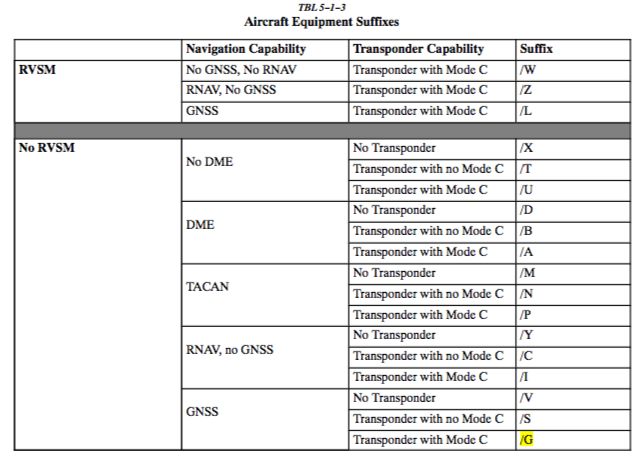
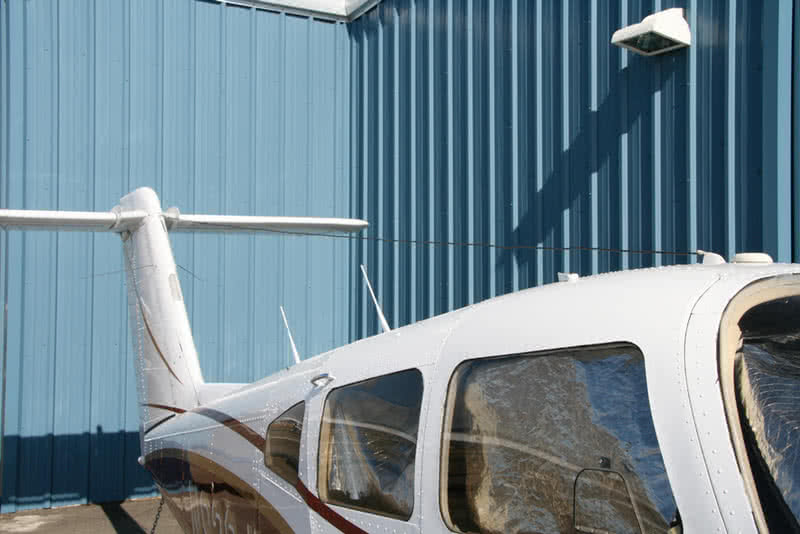
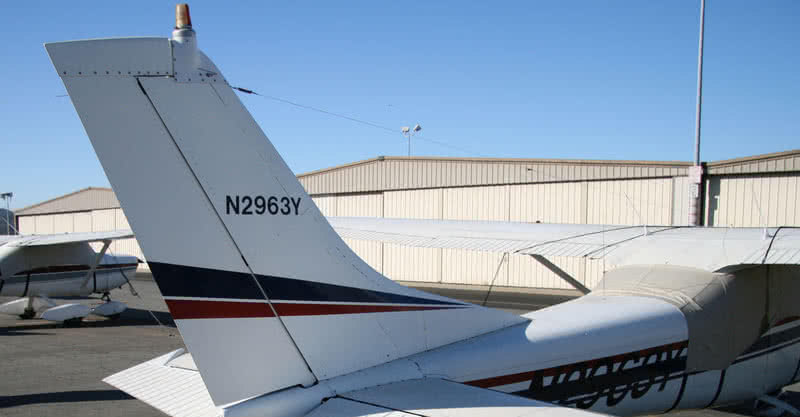
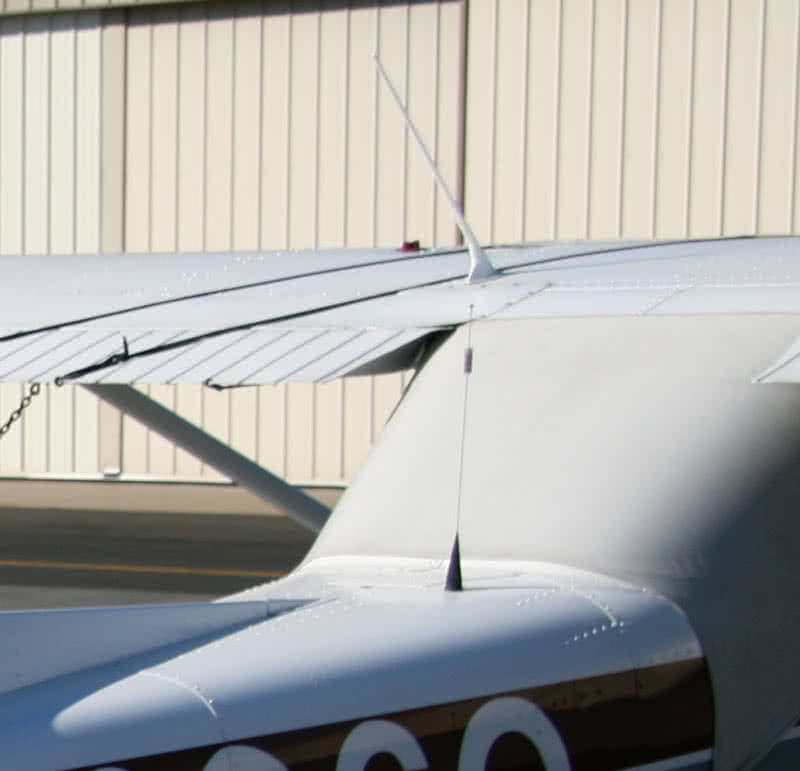
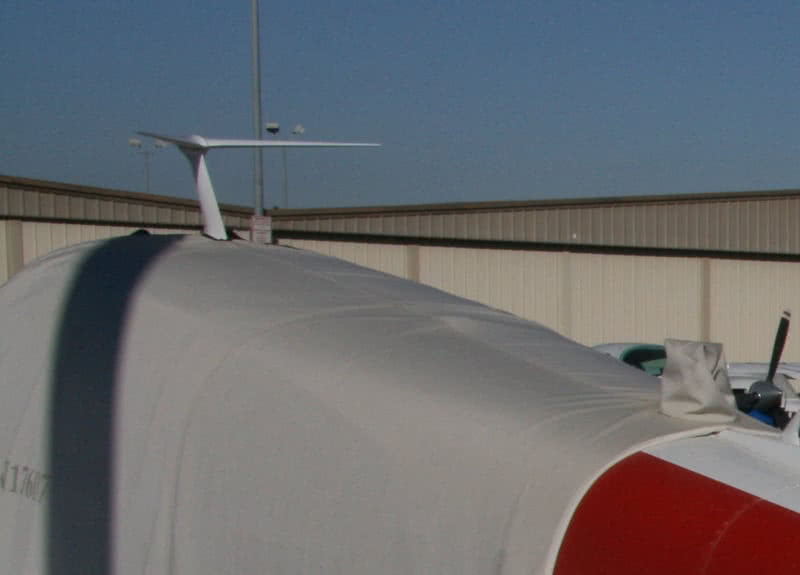
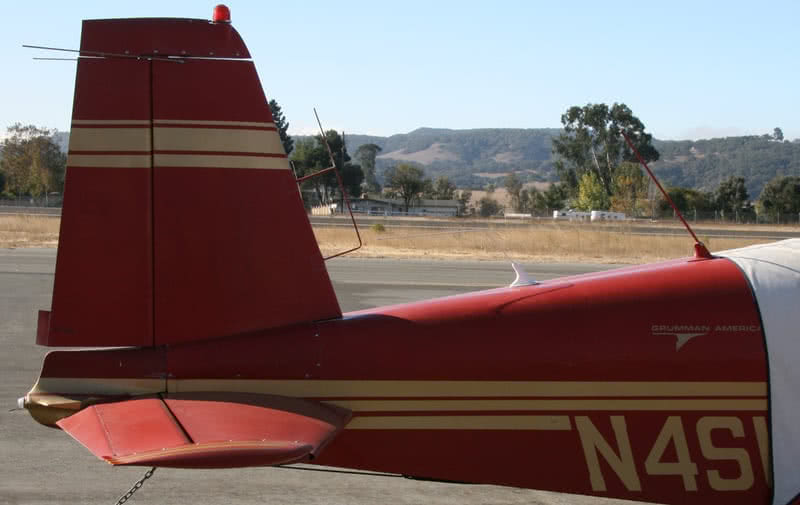
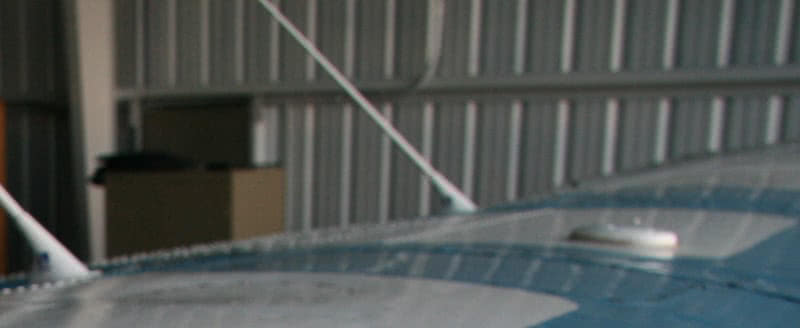
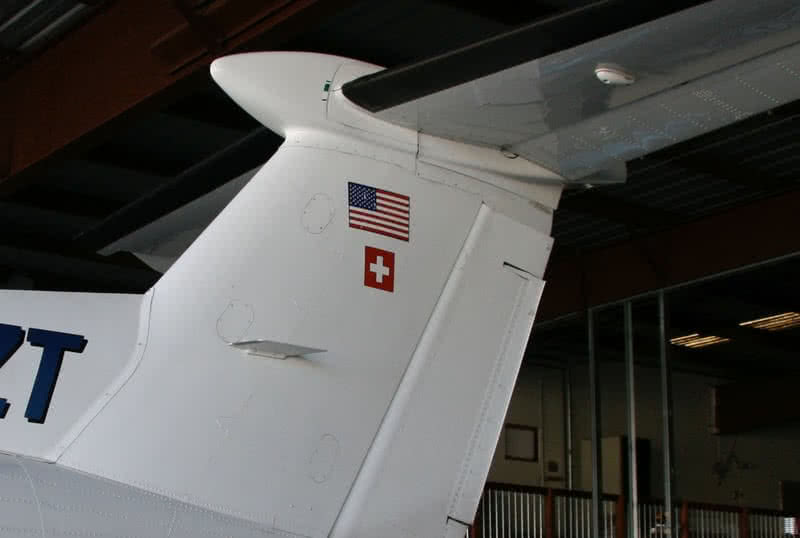
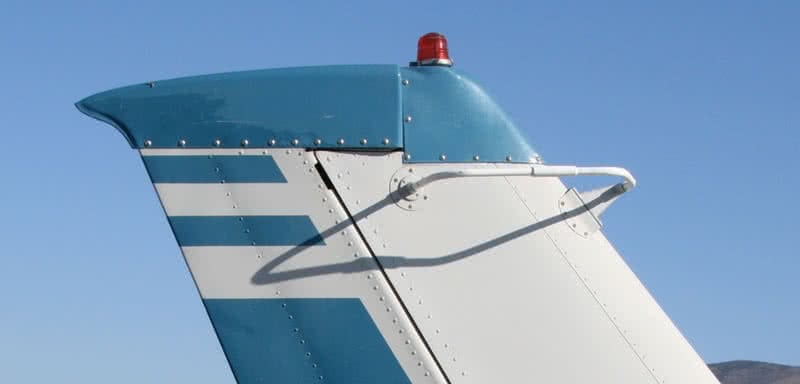
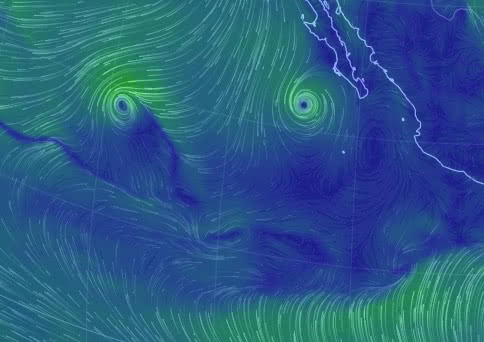
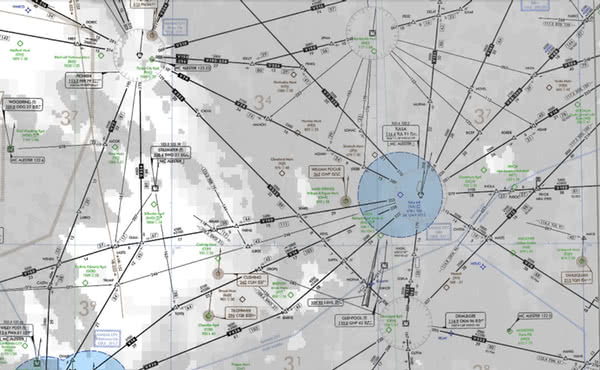
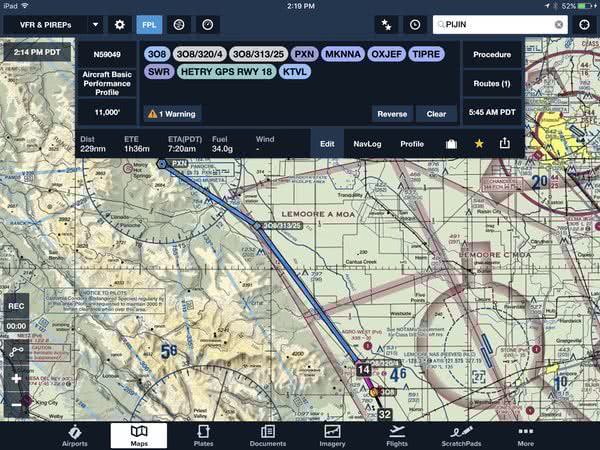
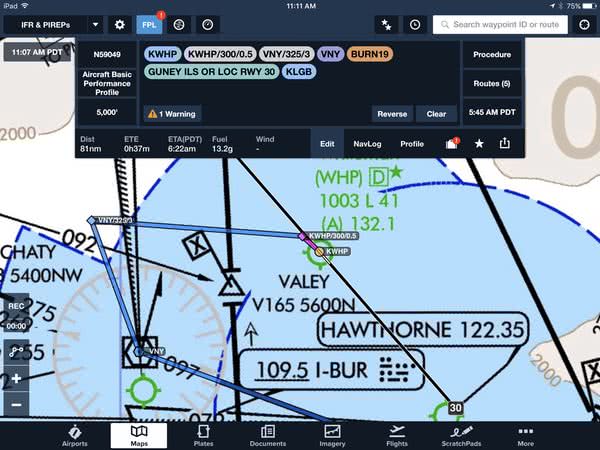
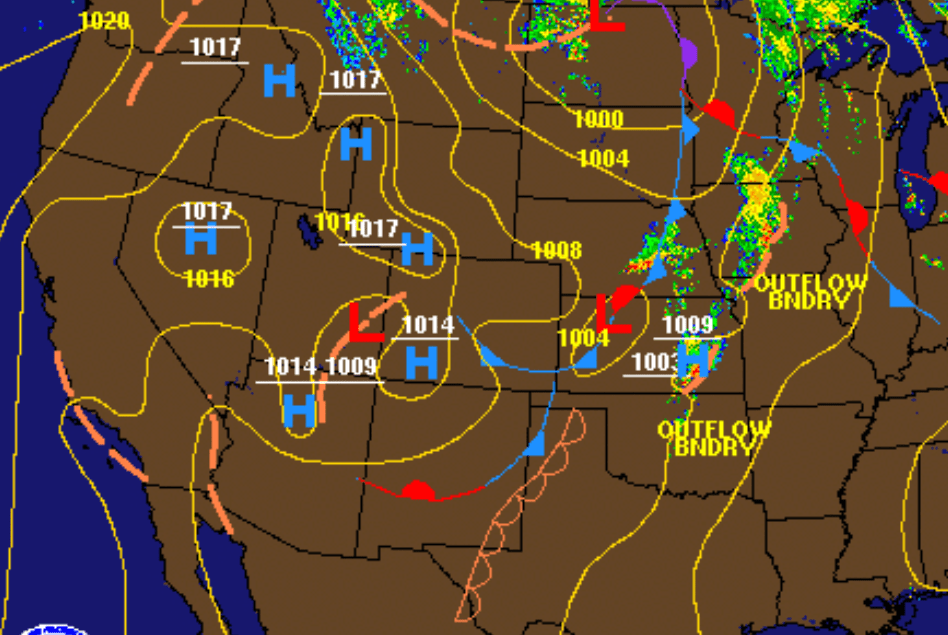
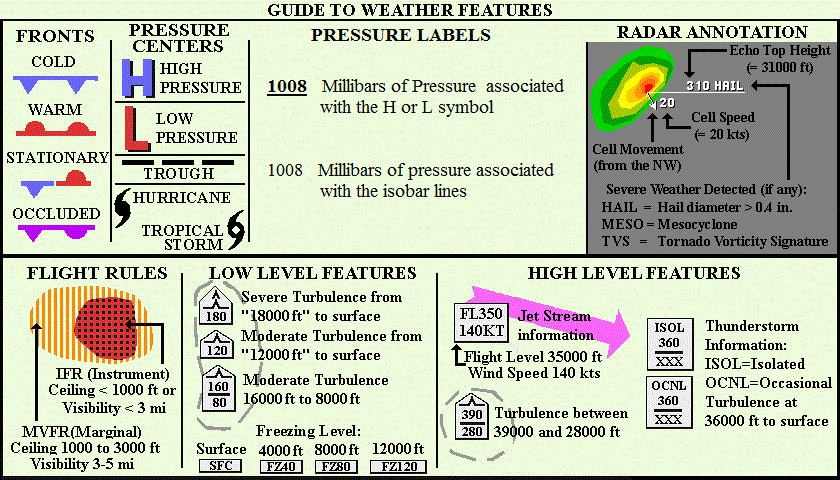
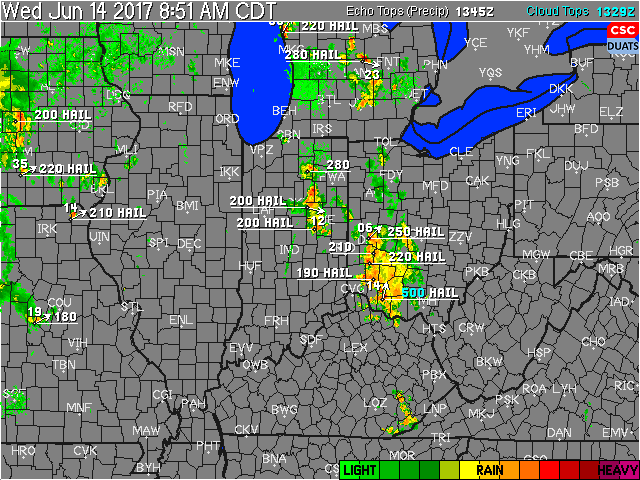
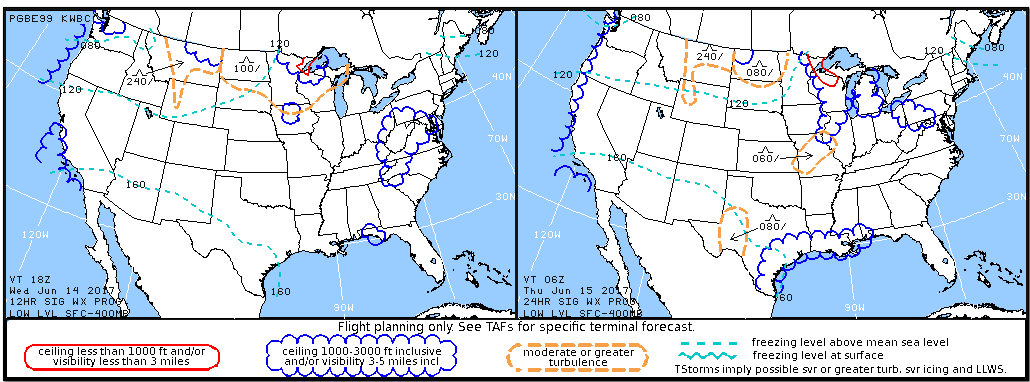

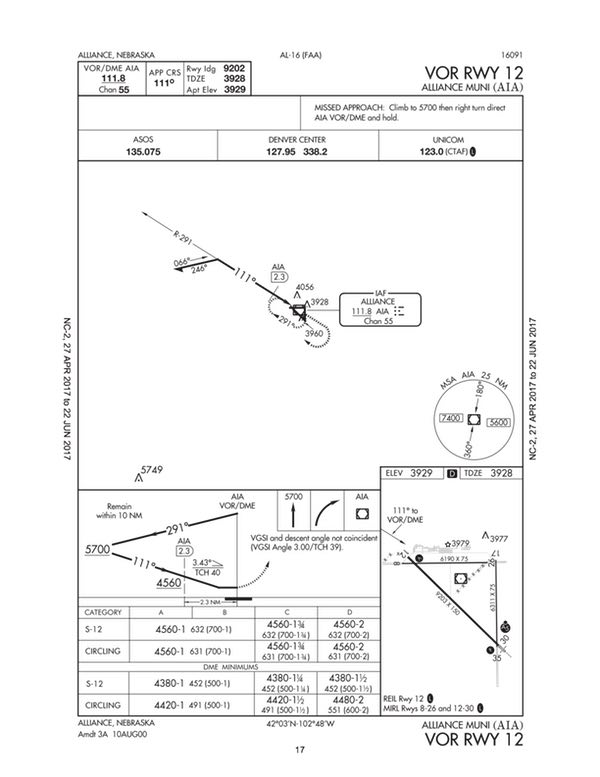


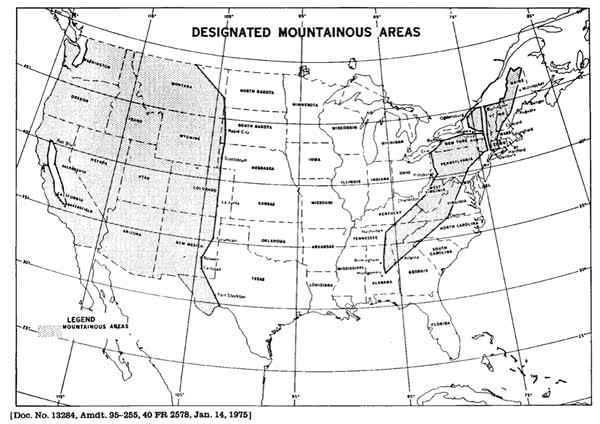
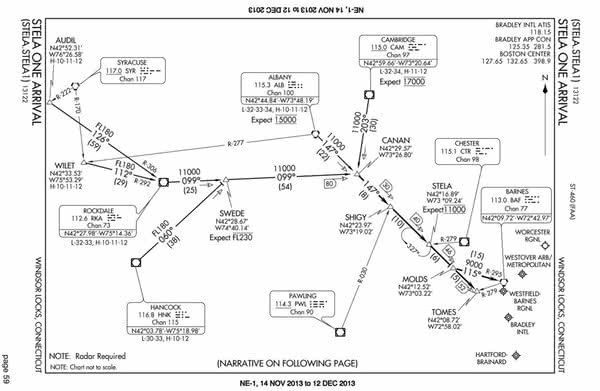
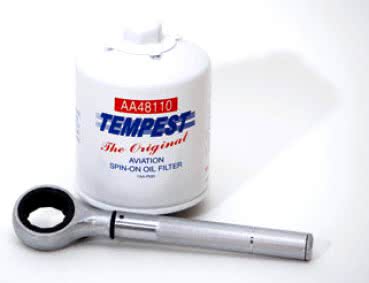
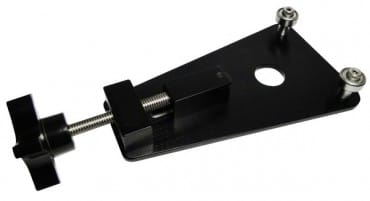
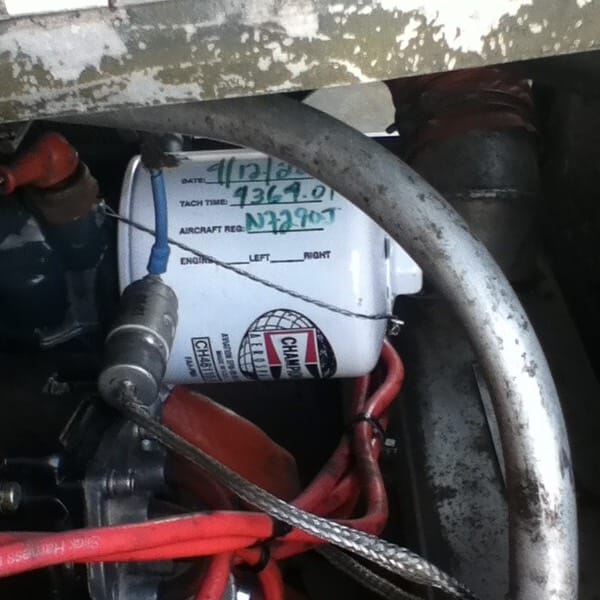
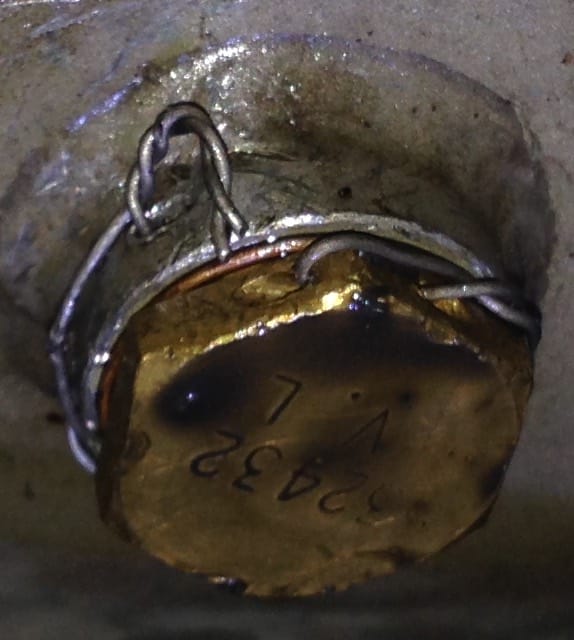

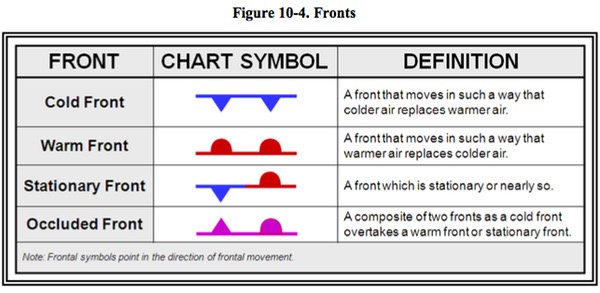
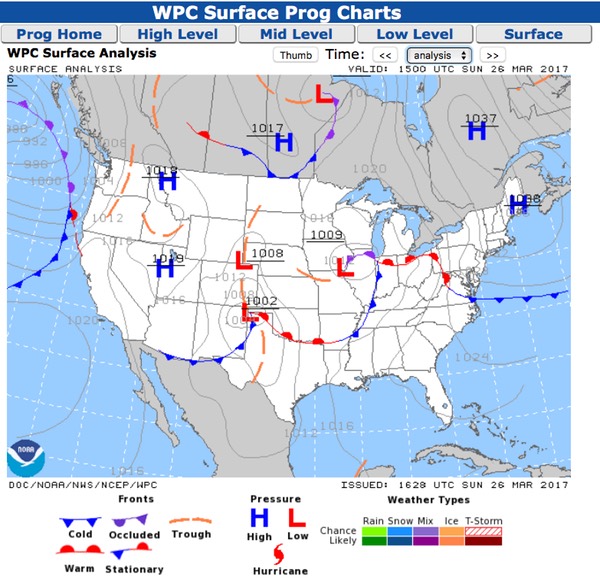
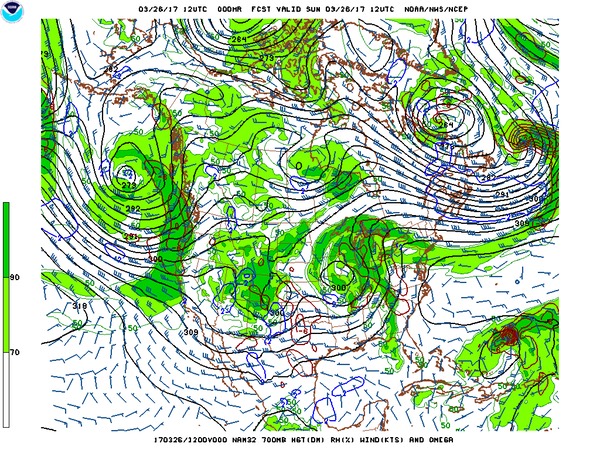
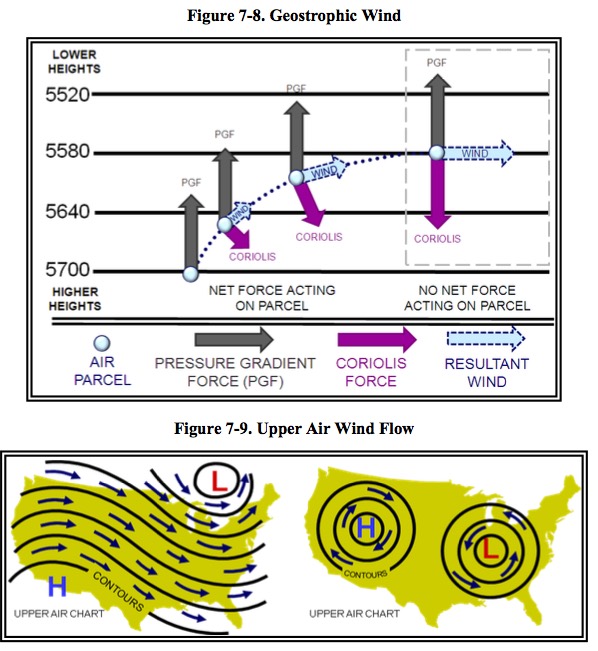
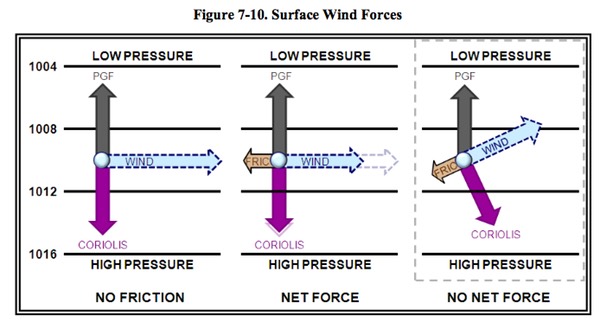
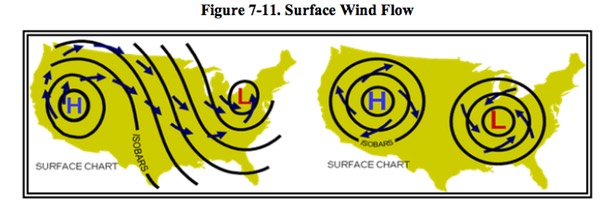
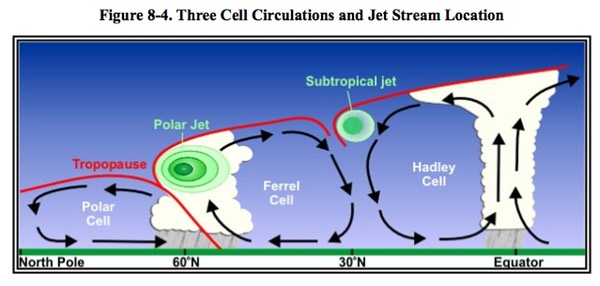
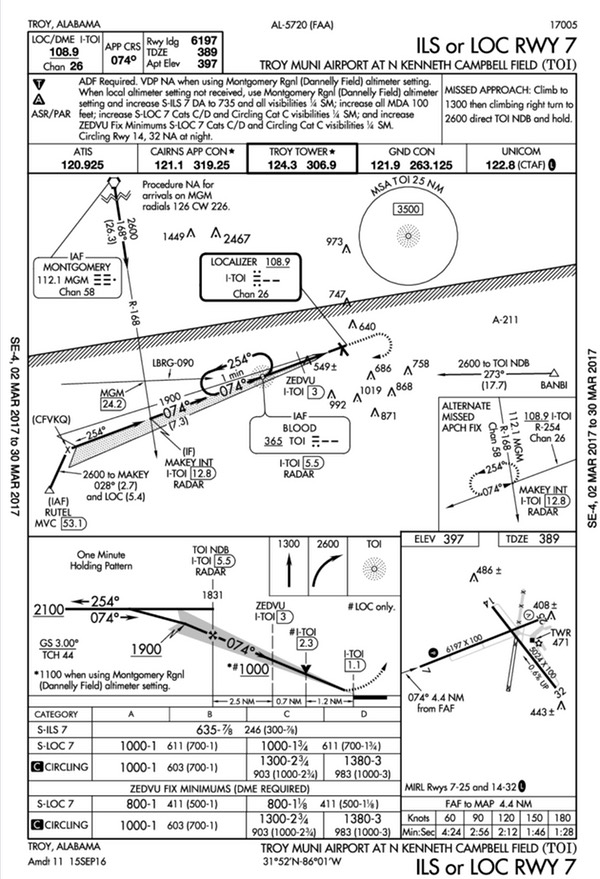
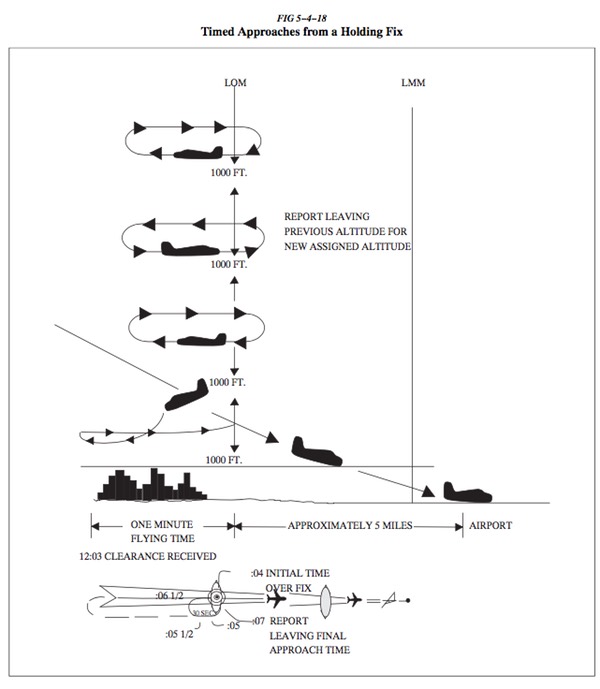
 is placed in the notes sections of the instrument procedure chart. In the front of the TPP booklet, takeoff minimums are listed before the obstacle departure procedure.
is placed in the notes sections of the instrument procedure chart. In the front of the TPP booklet, takeoff minimums are listed before the obstacle departure procedure.